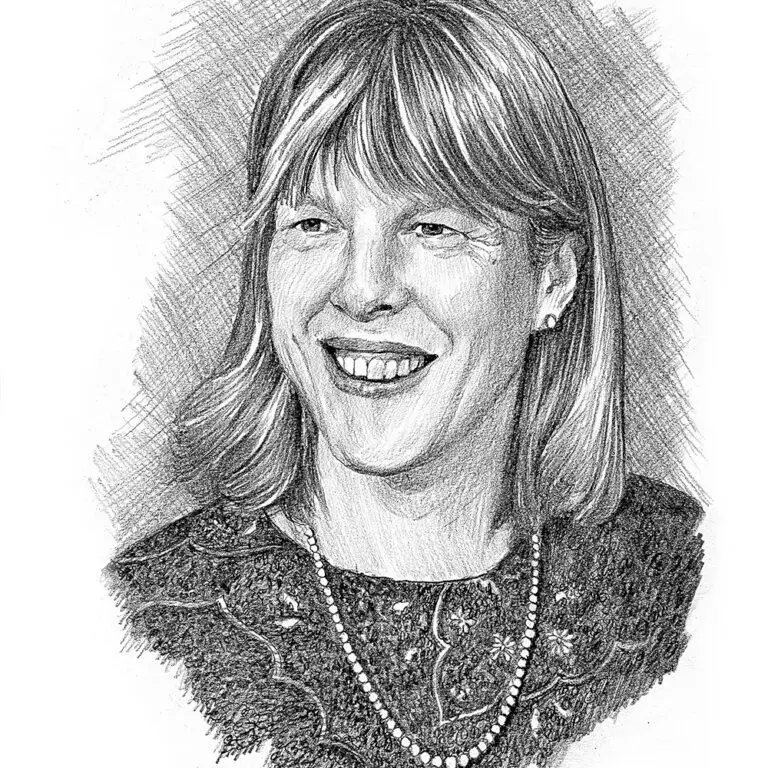

Professor Cynthia Jane Kenyon
King Faisal Prize in Medicine 2000 Laureate
Topic: "Ageing"
The mystery of aging is one of the oldest of all

Cynthia Kenyon earned her B.Sc. in Chemistry and Biochemistry from the University of Georgia in 1976 and her Ph.D. in Biology from MIT in 1981, where she discovered that DNA damaging agents activate a battery of DNA repair genes in E. coli. She received her post-doctoral training on the genetic basis of growth with Professor Sydney Brenner at the MRC Laboratory of Molecular Biology in Cambridge, U.K. Her subsequent career has been truly meteoric. She joined the University of California, San Francisco (UCSF) as an assistant professor of biochemistry and Biophysics in 1986, and became a full professor within only 8 years. In 1997, she was awarded the prestigious Herbert Boyer Distinguished Chair of Biochemistry and Biophysics.
Professor Kenyon is noted for her work on the genetics of aging in Caenorhabditis elegans (C. elegans), a tiny nematode developed by Brenner as an experimental animal model for research on molecular biology and genetics. During the early part of her career, she discovered that Hox genes, previously known to pattern the fruit fly segments, were also responsible for body-patterning of C. elegans. These findings demonstrated that Hox genes are not simply involved in segmentation, as originally thought, but instead formed part of a much more ancient and fundamental metazoan patterning system. Kenyon’s groundbreaking discovery in 1993 that a single-gene mutation (called daf-2) could double the lifespan of C. elegans, sparked an intensive study of the molecular biology of aging. Her findings led to the discovery that an evolutionarily conserved hormone (Insulin/IGF-1-like) signaling system influences aging in other organisms, including mammals. This work inspired many scientists worldwide and opened new avenues for identifying genetic, metabolic and environmental factors that can influence the aging process. She published numerous research papers and reviewed articles in prestigious journals. Her studies suggested that clinical signs of aging were not inevitable and that the process of aging could be slowed down and its untoward effects could be eliminated or delayed.
Professor Kenyon’s outstanding contributions to the science of aging have been widely recognized. She is the recipient of a Searle Scholarship, a Packard Fellowship, and an Ellison Medical Foundation Fellowship. She is also a member of the American Academy of Arts and Sciences, and one of the founders of Elixir Pharmaceuticals, a firm which seeks to apply the results of research for making drugs to slow down the aging process.
This biography was written in the year the prize was awarded.
- She held several positions including:
- Director of the Hillblom Center for the Biology of Aging in 2002.
- President of the Genetics Society of America in 2003.
- Professor of the American Cancer Society in 2005.
- Emeritus Professor at UCSF School of Medicine.
- She received many awards and honors including:
- American Association of Medical Colleges Award for Distinguished Research in Biomedical Sciences in 2004.
- Ilse and Helmut Wachter Award for Exceptional Scientific Achievement in the Field of Medicine in 2005.
- La Fondation IPSEN Prize in 2006.
- Honorary doctorate from the University of Paris in 2007.
- Membership of the U.S. National Academy of Sciences.
- Membership of the Institute of Medicine.



